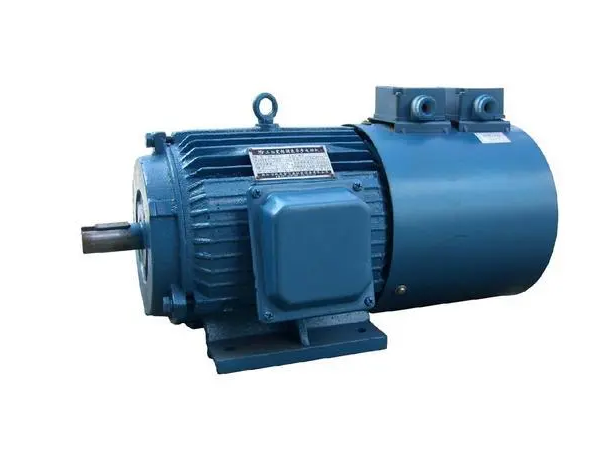What to do if the sewage pump motor overheats
When the motor of the sewage pump overheats, the following measures can be taken to solve it:
1. Check and adjust the motor and power supply
Check the motor wiring:
Make sure the motor wiring is correct to avoid the motor temperature rising due to wrong connection.
Check whether the motor is heated due to wiring problems (such as △-shaped mistakenly connected to Y-shaped).
Check the power supply:
Make sure the three-phase voltage is symmetrical, and the three-phase voltage imbalance should not exceed 5%.
Check whether the power supply voltage is within the rated range. Too high or too low voltage may cause the motor to overheat.
If the power supply line is long and the cable is thin, the line voltage drop may be too large, causing the motor to overload. At this time, the thick cable should be replaced to reduce the voltage drop.
2. Optimize the motor operating environment
Improve ventilation:
Ensure that the motor ventilation system works properly to avoid overheating of the motor due to poor ventilation.
Regularly clean the dust and debris around the motor to keep the motor heat dissipated well.
Check insulation:
Check whether the motor winding is damp or attached with impurities. These factors may cause insulation reduction, causing the motor to overheat.
If the winding is found to be damp or the insulation is damaged, it should be dried or replaced in time.
3. Adjust the operating status of the pump
Check the head and flow:
If the actual head is much lower than the rated head of the sewage pump, the pump outlet flow will increase, causing the motor current to rise, which will cause the motor to overheat. At this time, the outlet valve should be closed to control the flow, or a sewage pump that is more suitable for the current working conditions should be replaced.
Ensure that the operating parameters of the pump (such as head, flow) match the rated power of the motor to avoid long-term overload operation of the motor.
Check the medium characteristics:
If the specific gravity of the conveyed medium is too large or the temperature is too high, it may also cause the motor to overheat. At this time, you should consider increasing the motor power or replacing a pump type that is more suitable for conveying the medium.
4. Check and adjust mechanical parts
Check the assembly quality:
Ensure that the assembly quality of the sewage pump is good to avoid friction between parts that causes the motor to overheat.
Check the balance of the motor and the pump shaft to ensure that they are concentric and run smoothly.
Adjust the spring compression:
For self-priming sewage pumps, if the spring of the mechanical seal is adjusted too tight during installation, it may also cause the motor to overheat. At this time, the spring compression should be readjusted to the appropriate position.
5. Other measures
Regular maintenance: Regularly maintain the sewage pump, including checking the wear of bearings, seals and other wearing parts, and replace them in time.
Monitoring operation: Use temperature sensors and other equipment to monitor the motor temperature in real time. Once the temperature rises abnormally, stop the machine immediately to check and eliminate the fault.





